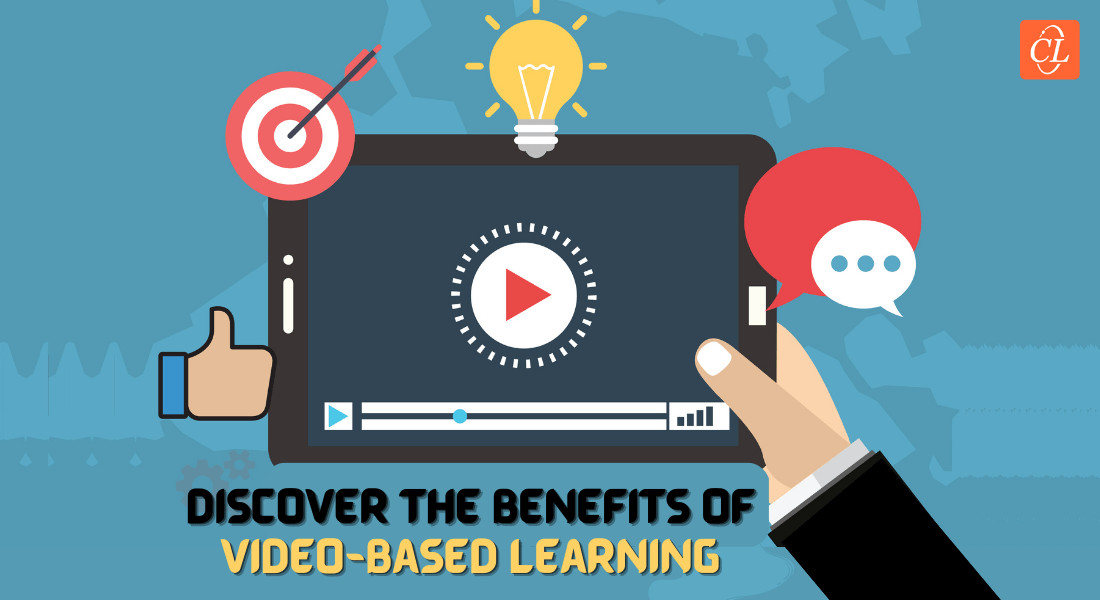One Strategy, Two Goals: E-Learning for Learning and Reinforcement

Today’s employees are a stressed lot, constantly dealing with work demands that require their time and attention. This makes them view regular eLearning courses with suspicion and disfavor.
Also, there are too many distractions for an employee trying to go through a course at his desktop or laptop that may prevent him from completing the course on time – a colleague with a doubt, an urgent e-mail, a phone call, etc.
When you add social media posts, e-books, articles, videos, and audio books from the Internet and smartphones to the mix, it’s no wonder the employee is not exactly overjoyed when assigned an eLearning course. Combined with the short attention spans of learners today, this results in lower learner retention rates and ROI. The solution is to create e-learning the learner would want to take – it should hook the learner’s attention and also reinforce learning.
For e-learning courses to grab the learner’s attention and keep him engaged, typical page turners (click Next courses) will just not work. There has to be more pizzazz in your e-learning to engage the learner and for the training to hit its mark.
This process starts at the course design stage itself. Adding the right course design elements will ensure you grab the learners’ attention and retain it. These elements should be suitable to be used for reinforcement too. Let us look at a few of them:
Infographics: The combination of text and visuals to emphasize an important topic, trend, or task will attract the learner’s attention. Infographics can present need-to-know information with the use of creative fonts, graphics, colors, icons, or pictures. Creating a separate infographic for each topic will prevent cognitive overload.
These infographics are ideal to be delivered as microlearning modules because they are small and present information in a nutshell. The learner just needs to give a glance to reinforce learning.
Interactive multimedia: Advances in technology have made the use of interactive multimedia more feasible in online learning courses. Multimedia elements that can be used in e-learning include simulations, branching scenarios, and online presentations.
Simulations in the form of online task walkthroughs help learners explore each step instead of just reading about it. Software simulations help learners operate software. Short 5-10 minute simulations can work effectively as microlearning modules that learners can access whenever they need.
Branching scenarios direct learners into different routes based on their decisions. Character-based branching scenarios help employees test their knowledge and skills. Learners make the choice based on their pre-existing knowledge, skills, and experience. This acts as reinforcement.
Online presentations using a variety of media elements such as music, sounds, images, or characters are best used as microlearning presentations on a specific topic or skill.
E-learning Videos: Videos help convey key concepts in an interesting way. Videos are useful for product training, compliance training, or to teach complex tasks. Animated videos grab the learner’s attention and can also be used to reinforce learning.
Storytelling: Stories can elicit an emotional response from the learner, making the learning experience engaging and memorable. A story – with relatable characters, settings, and a hero the learner can relate to – can help learners form an emotional connection with the learning. When we are taught something in the form of a story, we retain and recall it better. This is because storytelling stimulates different parts of the brain. So, use storytelling to take your eLearning to a new, different, and exciting level.
Images: Images have the potential to intrigue learners, making them think and initiate online discussions. Images can simplify complex ideas and topics, and are also effective to reinforce training.
When designing e-learning, it is important to include elements that ensure the learner’s attention is captured and also have instructional strategies that will reinforce learning. Though this might sound like a tall order, it is not. With the right instructional strategies it is possible to create a multipurpose e-learning course that will engage the learners and also reinforce learning. Can you add more to this? We would love to hear your views.





